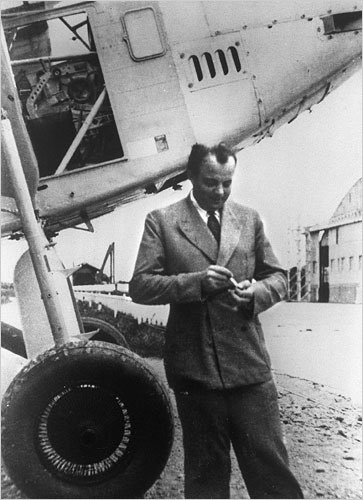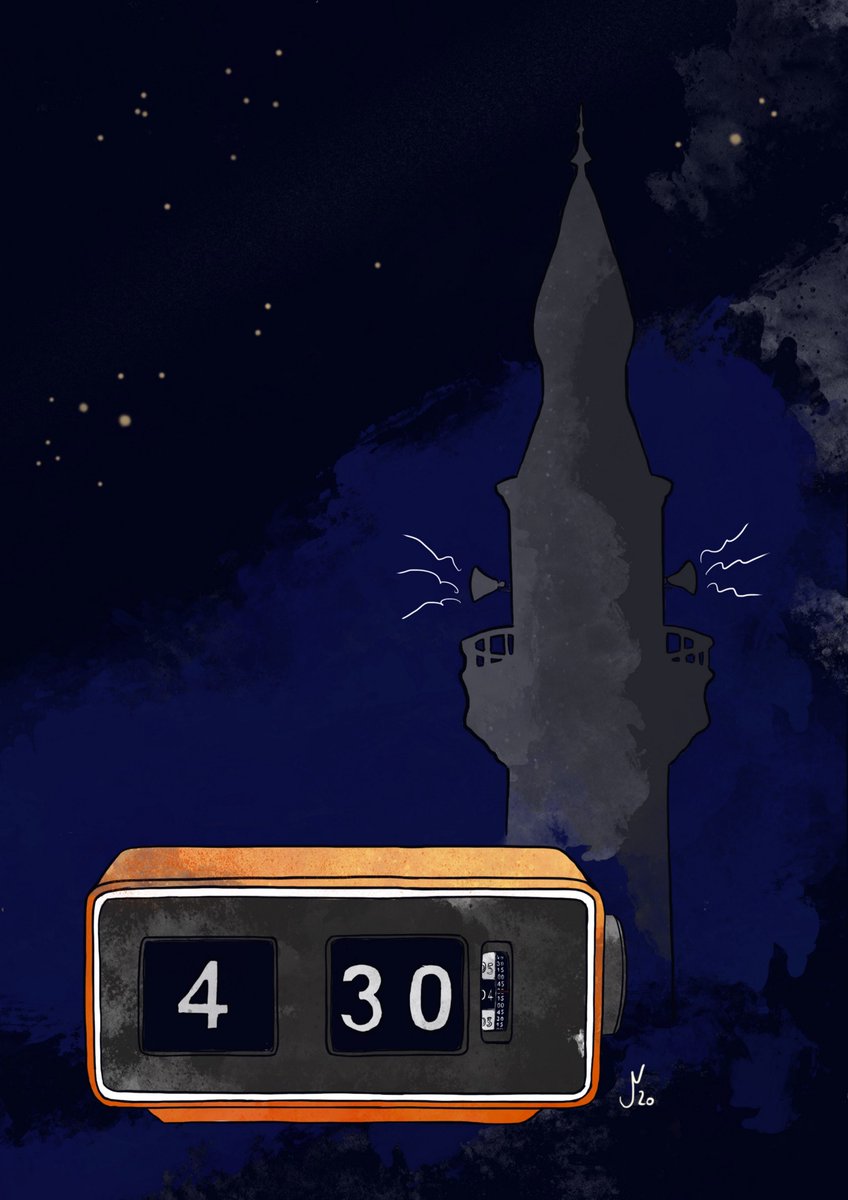
#HumanAnimalEntanglement. - Today: "The Curious Case of the #Dancing #Cranes".
1/ Among the many naturalistic animal depictions at early #Neolithic #GöbekliTepe in southeastern Turkey there are some bird depictions with suspiciously odd legs ...
1/ Among the many naturalistic animal depictions at early #Neolithic #GöbekliTepe in southeastern Turkey there are some bird depictions with suspiciously odd legs ...

2/ Generally, birds seem to take up a noteworthy role in the iconography at #GöbekliTepe (and other related #Neolithic sites).
The #cranes mentioned above in particular stand out due rather muscular legs and what seems a more human-like #anatomy, including 'knees' and 'toes'.
The #cranes mentioned above in particular stand out due rather muscular legs and what seems a more human-like #anatomy, including 'knees' and 'toes'.

3/ Do these #crane representations evoke the impression of #masked people?
Yet it was suggested that this even could be more than simple #masquerade: The visualisation of a transformation into the animal itself in the course of #shamanistic rituals?
dainst.blog/the-tepe-teleg…
Yet it was suggested that this even could be more than simple #masquerade: The visualisation of a transformation into the animal itself in the course of #shamanistic rituals?
dainst.blog/the-tepe-teleg…
4/ Interestingly, from the #Neolithic site of #Catalhöyük (also Turkey) a #crane's wing-#bone with cut-marks and drilled holes was interpreted as possible part of a #costume: fibres running through the holes helping to attach it to a person’s shoulder:
cambridge.org/core/journals/…
cambridge.org/core/journals/…

5/ Bipedal and almost human-sized, with a comparable life-span and family structure, it is not hard to imagine how #humans somehow could identify with #cranes - maybe even to a point where these may have been considered reborn humans or #ancestors. 

6/ #Cranes are, and now comes the really interesting part, also known for their peculiar #dances:
Breeding pairs, whole groups even, perform these complex movements - serving purposes of socialisation and pair bonding, but also to avert aggression.
Breeding pairs, whole groups even, perform these complex movements - serving purposes of socialisation and pair bonding, but also to avert aggression.
https://twitter.com/okumusokan/status/1006623999219159040?s=20
7/ As soon as one bird starts such a dance, others are joining. Yes, they even would do so if a human initiated the dance! 

8/ There are quite a number of historic and ethnographic examples of similar ritual dances from a wide geographical and chronological range.
Examples are known e.g. among #Khanty (#Ostiak) shamans from #Siberia:
jstor.org/stable/682889?…
Examples are known e.g. among #Khanty (#Ostiak) shamans from #Siberia:
jstor.org/stable/682889?…

10/ And not to forget the so-called #Semah in #Alevi and #Bektasi tradition in Turkey, which are also often related to the movements and symbolism of #crane #dances:
ich.unesco.org/en/RL/semah-al…
ich.unesco.org/en/RL/semah-al…

11/ #Cranes seem to have played quite an important role in the world of #Neolithic hunter-gatherers. Remains of crane bones were reported e.g. from #Jericho and #Çatalhöyük - and are known in significant numbers from #GöbekliTepe as well.
academia.edu/7999724/in_Zus…
academia.edu/7999724/in_Zus…

12/ Next to the already introduced crane depictions from Göbekli Tepe’s pillars, painted and incised birds from #Neolithic #Bouqras in #Syria have been suggested to maybe depict cranes repeating the same posture, indicating such a #dancing scene? 

13/ And there is another little known painting at #Çatalhöyük displaying two #cranes facing each other, their heads raised (like in a #dancing posture?). 

14/ TL;DR: Although, admittedly, evidence for such performances is rare in the archaeological record, the possibility of #crane #masquerade and ritual #CraneDances offers an interesting interpretation for some of the unusual #Neolithic features described above.
• • •
Missing some Tweet in this thread? You can try to
force a refresh
















